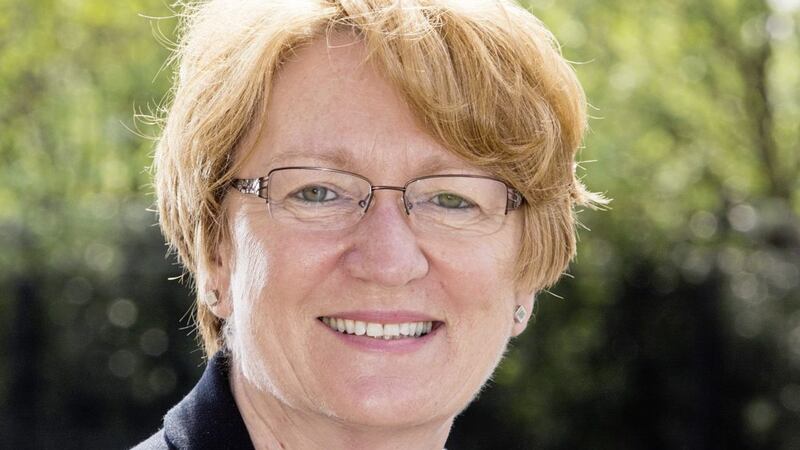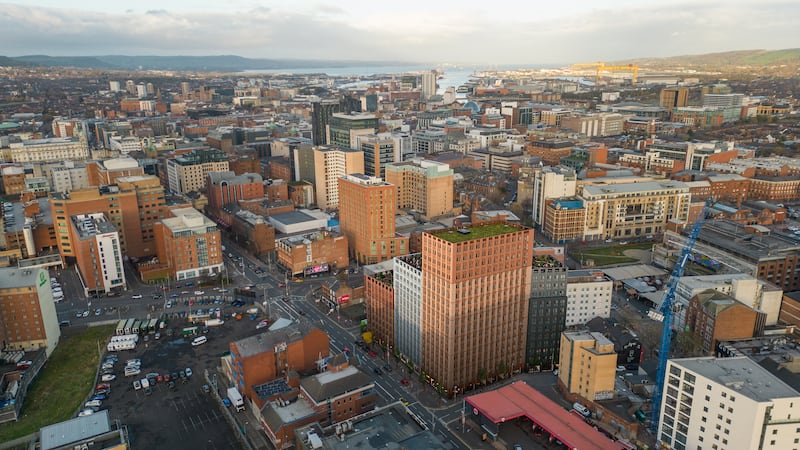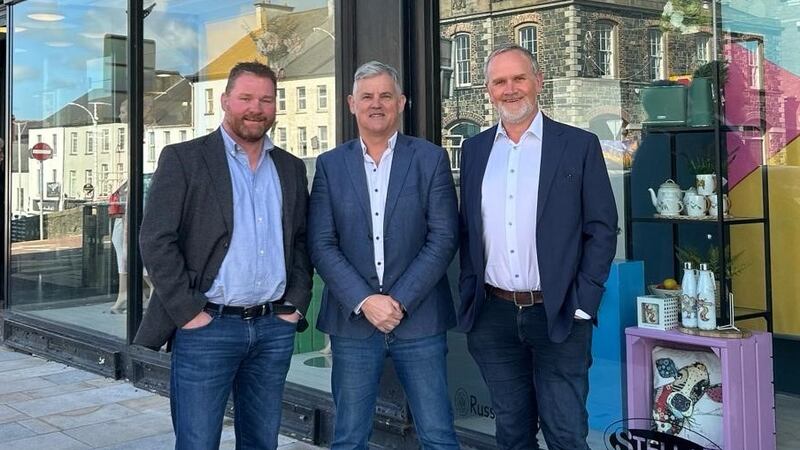2019 could prove to be another year of significant change for the built environment. And if it doesn’t prove to be, we perhaps need to stop and ask ourselves why not.
We’re not talking about Brexit here. We’re talking about shifts related to climate change, technological advancements, and how people are choosing to live their lives. We’re also talking about how cities need to become smarter, healthier, better places to live.
The reality is that digital technology and tools are already changing the way we plan, build, maintain and use?buildings for the better, and this process needs to accelerate. Such innovations have the power to design and develop more creative projects that are more sustainable, less costly to run and serve their purpose better.
PropTech, including the use of Building Information Modelling (BIM), provides the opportunity for more cost-effective and efficient processes in projects. To ensure value for money and competitiveness in our economy, we need to see these technologies implemented to their full potential in Northern Ireland. Professionals need to enhance their skills, clients need to demand best practice, and government needs to support the process of change.
We also have the potential to make our cities smarter, contributing to reducing climate change and improving people’s lives. Essentially, a smart city uses digital technology to promote performance and wellbeing and to increase its ability to respond to citywide and global challenges.
Important smart city areas include energy, water and transport. Interest in the concept has risen in recent years, caused by climate change and the increase in urban population globally.
According to some experts, the future smart city will employ a number of purpose-built AI (artificial intelligence) programs and machine-learning algorithms to process the vast amounts of incoming “sensory” data. It is thought that smart cities may witness the first truly “human-scale” AI, capable of reactive and independent thought.
Increasingly, sensors - things like cameras, acoustic networks, and wireless systems - will transmit information about the health and status of the city and its infrastructure. Satellites will monitor the city’s atmosphere, pollution levels, weather systems, and local environment, seeking to identify issues and increase awareness and preparedness for potential natural disasters.
But psychology will also have an important role in the design and implementation of any smart city. It’s necessary to understand the mentality of people in a city. How do people move about? How do they react in stressful situations? What is their response to certain policies?
Ultimately, whether it’s Belfast or elsewhere, it all comes back to people. We need to make sure that cities of the future are places where people feel safe; where health and wellbeing are enhanced; where people’s economic productivity is enhanced.
Also critical is investment. To make a smart city happen, a tremendous amount of investment in infrastructure is needed, both from the public sector and the private sector. Governments need to play a leading role in this, and cities need to be attractive to the investment community.
It is everyone’s responsibility to make sure that we capitalise on the opportunity that technology provides for the built environment, and that we make the necessary changes to deal with climate change and improve people’s lives are made. That includes professionals in industry, investors, users, and government.
In Northern Ireland, without an Executive and Assembly, we are currently at a disadvantage in this respect, and are in danger of falling behind. So, whilst we need smart thinking in our built environment in 2019, we will also need some smart thinking in our politics too.
:: Susan Mason is the acting regional director of RICS (Royal Institution of Chartered Surveyors). RICS is the principal independent body representing professionals employed in the land, property and construction sectors. In Northern Ireland, the organisation represents over 3,000 cross-sectoral members comprising of chartered and associate surveyors, trainees and students.








